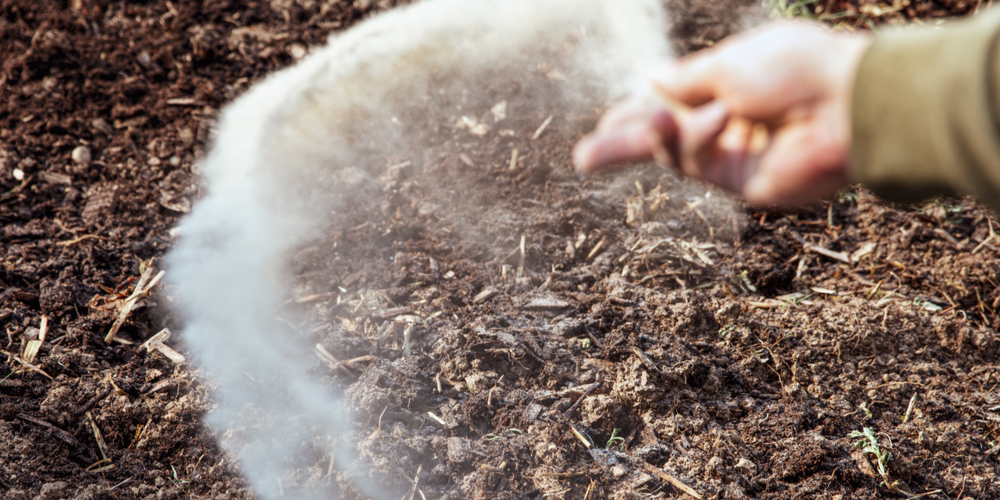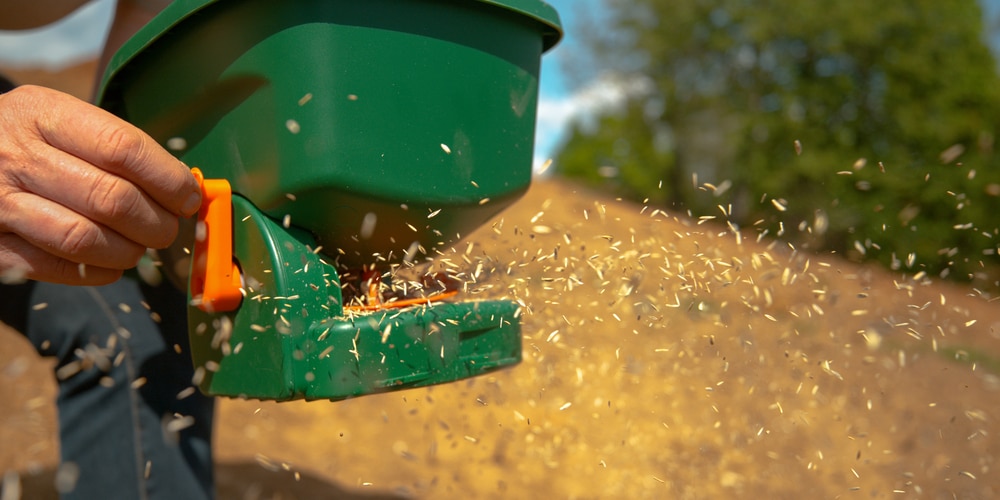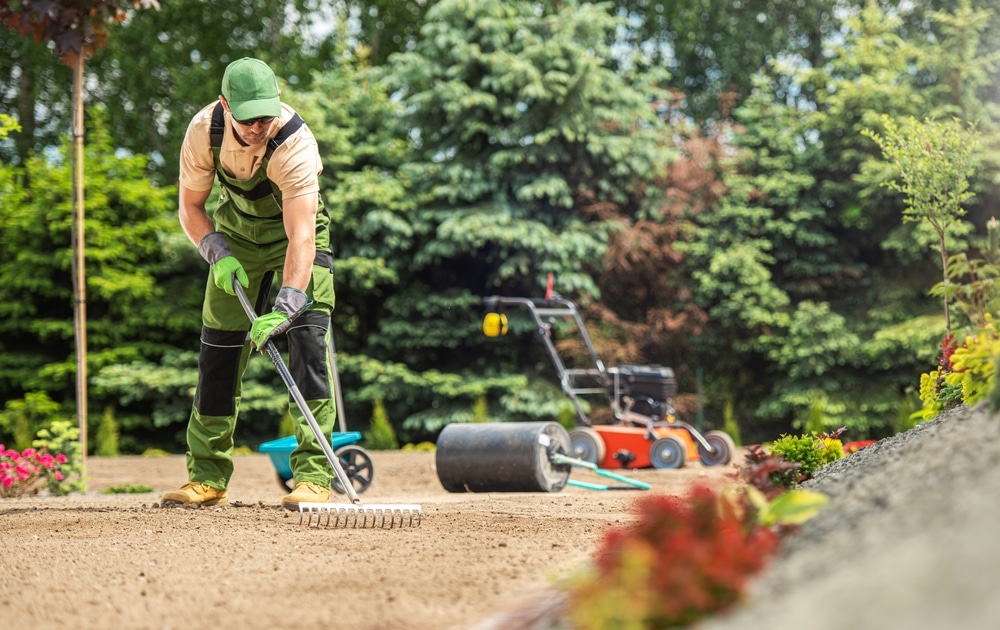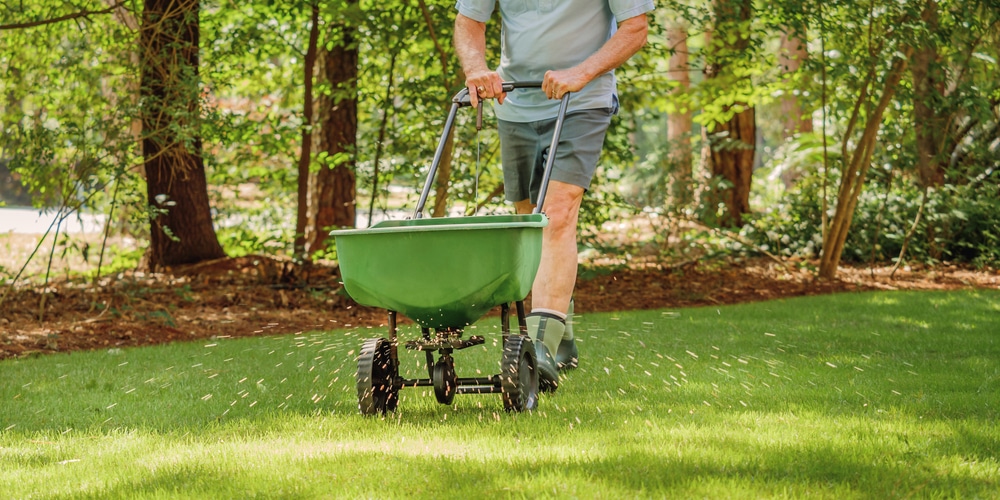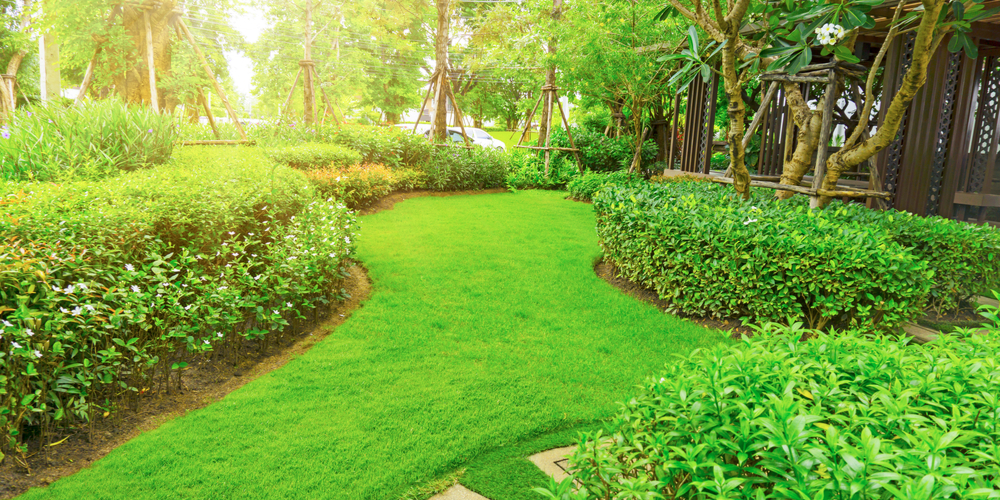Have you ever strolled through a lush, green lawn on a sunny day and wondered how the homeowner managed to make it look so perfect? If you’ve ever dreamed of transforming your MO lawn into a show-stopping carpet of grass, you’ve stumbled upon the right article!
Planting grass seed is one of the most effective ways to achieve a thick, vibrant lawn that turns heads. However, doing it at the right time—and with the right techniques—can make all the difference between a flourishing yard and a patchy disappointment.
In this post, we’ll walk you through everything you need to know about when and how to plant grass seed in Missouri. We’ll talk about weather patterns, soil care, seed types, and all the nitty-gritty details you might be curious about.
By the end, you’ll feel confident enough to roll up your sleeves, grab your seeds, and begin your journey toward the perfect Show-Me-State lawn.
Let’s dig in!
Missouri is Right in the Middle of The “Transition Zone”
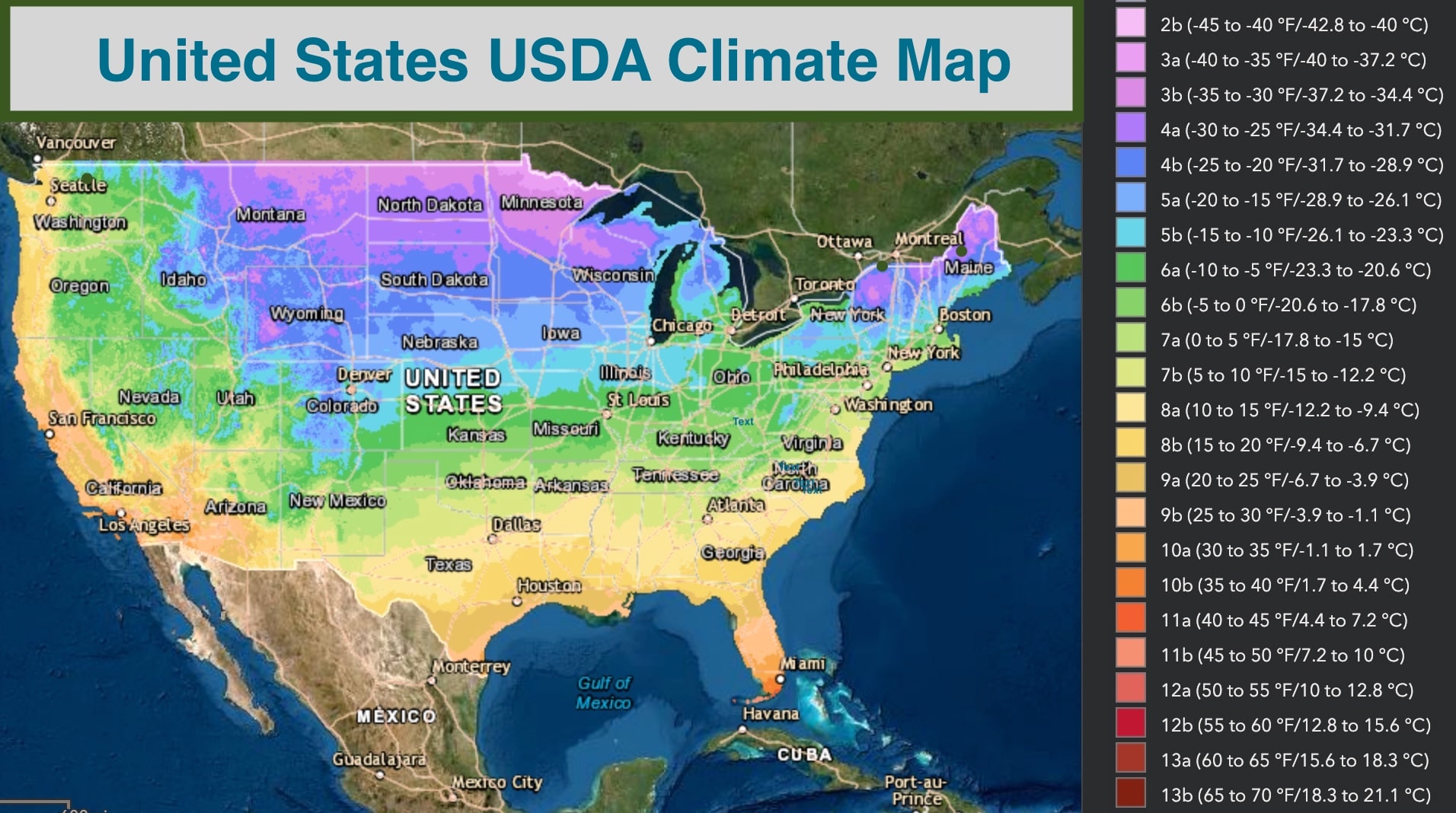
Missouri is right in the middle of the transition zone between the Northern and Southern regions of the United States. This location means that the state experiences a wide range of temperatures throughout the year.
Summers can get hot and humid, while winters can bring freezing temperatures and even snow.
This variety in climate can be both a blessing and a challenge. It allows Missouri homeowners to grow different types of grass, but it also demands more careful planning to ensure the grass thrives.
In the transition zone, you’ll notice that warm-season grasses flourish in the heat of summer, while cool-season grasses do better in spring and fall. Because of these temperature swings, timing is a critical factor. Plant your seeds too late or too early, and you might end up with grass that never quite gets established.
Cool-Season vs. Warm-Season Grasses
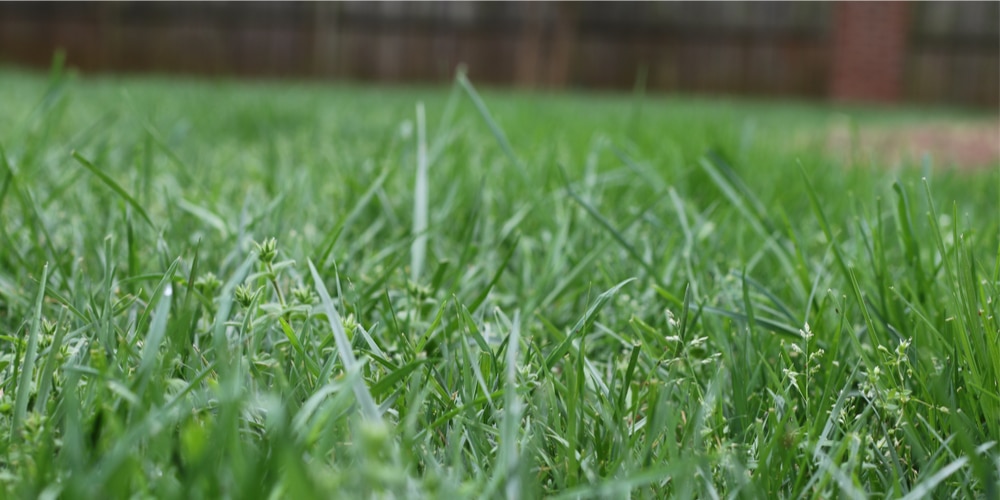
Before choosing a planting schedule, it helps to understand which type of grass seed you’re working with. There are two primary categories you’ll deal with in Missouri:
- Cool-Season Grasses
These grasses love the milder temperatures of spring and fall. Common varieties you’ll see in Missouri include Kentucky bluegrass, tall fescue, and perennial ryegrass. They usually grow best when the soil temperature is between 50°F and 65°F, and the air temperature is in the 60°F to 75°F range. - Warm-Season Grasses
Bermudagrass and zoysiagrass are popular warm-season options. They thrive when soil temperatures rise to the upper 60s, and air temperatures are consistently in the 70s and 80s. If you plant warm-season seeds too early, they might struggle or fail to germinate in the cooler spring soil.
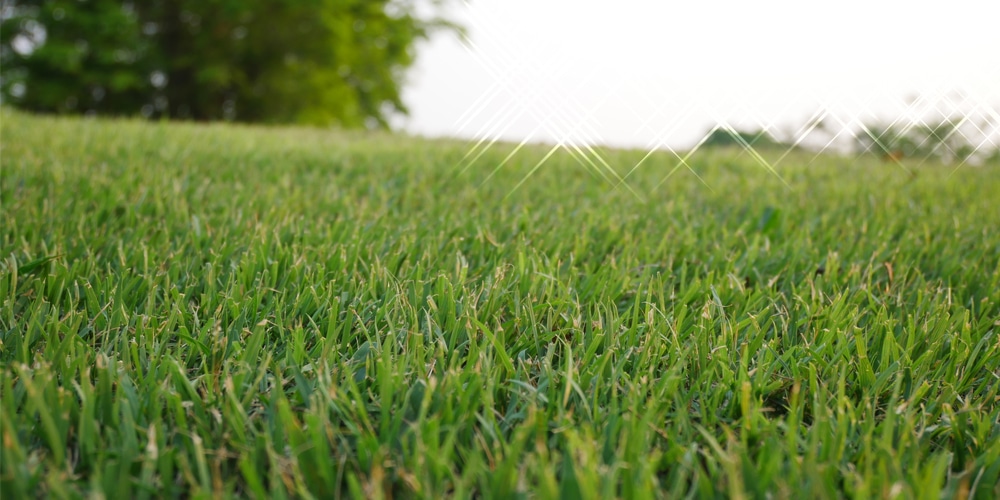
Understanding which type of grass seed you have (or want) is key to determining the best planting window. Some homeowners even opt for a mix of both. This approach can keep your lawn looking green almost year-round, but it also means you’ll have to carefully juggle planting times and lawn care techniques.
Best Planting Windows for Missouri
So, when is the perfect moment to toss those seeds onto the soil?
Early Fall (Mid-August to Early October)
For most cool-season grasses, early fall is often considered the ideal planting time in Missouri. The soil is still warm from the summer heat, which helps seeds germinate quickly. At the same time, the air temperature starts to cool down, reducing stress on new seedlings.
There’s also usually more rainfall during the fall, which can save you a bit on watering.
Another benefit of fall planting is that weeds are generally less aggressive compared to spring. This means your young grass won’t have to fight as hard for space and nutrients. By the time winter arrives, the grass can develop a stronger root system, ready to bounce back in the spring.
Spring (Mid-March to Mid-May)
Spring is another acceptable planting time, especially for cool-season grasses. However, you’ll need to be mindful that spring weather can be unpredictable in Missouri. Some years, the ground may stay cold longer, delaying germination.
In other years, it might heat up quickly, leading to early weed competition or diseases that thrive in warmer, wetter conditions.
Still, if you missed the fall window, planting in spring can be a good option. Just plan to invest more time in weed control and watering to ensure your young grass plants survive the transition into the hot Missouri summer.
Late Spring to Early Summer (Mid-May to Mid-June)
This period is prime time for warm-season grasses like Bermudagrass and zoysiagrass. Since these varieties need higher soil temperatures to germinate, waiting until late spring ensures that the ground is warm enough. You’ll also want to check the forecast to avoid planting right before a major cold snap or an intense heatwave.
Soil Preparation: Setting the Stage for Success
Whichever season you choose, your grass seed will thank you if you prepare your soil properly. Here’s a quick step-by-step guide:
- Test Your Soil
A basic soil test can reveal essential information about pH levels and nutrient content. Missouri soils vary, and if your soil’s pH is too high or too low, you’ll need to amend it accordingly. Most grasses prefer a soil pH between 6.0 and 7.0. - Clear the Area
Get rid of any debris, rocks, or large sticks. Weeds should be removed, either manually or with a safe herbicide, a few weeks before planting. Giving your grass seeds the best possible environment to take root means removing all competition. - Loosen the Soil
Whether you use a tiller, rake, or shovel, you’ll want to loosen the top 4–6 inches of soil. This helps the roots penetrate more easily and improves drainage. - Add Organic Matter
If your soil is heavy clay or sandy, mix in some compost or well-rotted manure. This step helps improve soil texture and boosts nutrient availability. - Level the Area
A smooth surface ensures that your grass grows evenly and makes mowing easier down the road. Use a rake or lawn roller to even things out.
Seeding Techniques
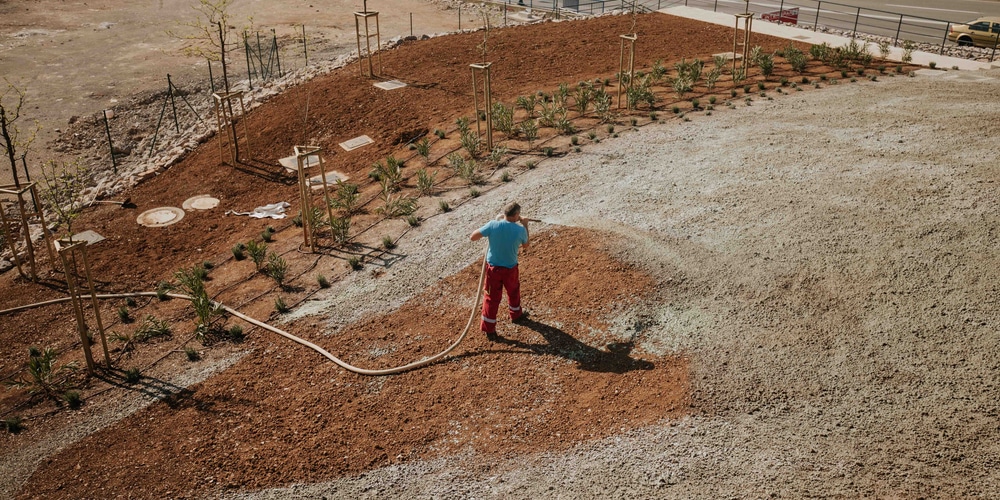
Once your soil is prepped, it’s time to plant. There are two main methods to consider:
- Broadcast Seeding
This is the most common technique. You’ll use a spreader to apply seeds evenly across the lawn. Be sure to follow the recommended seeding rate on your seed bag to avoid over- or under-seeding. - Slice Seeding (Power Seeding)
This method involves using a specialized machine that creates shallow slices in the soil. The grass seed is then deposited directly into these slices. Slice seeding can yield higher germination rates because the seeds have direct contact with the soil.
Whichever method you choose, lightly rake or roll the area after spreading the seeds. This ensures good seed-to-soil contact, which is crucial for germination. Also, remember not to bury the seeds too deep—most grass seeds only need about a quarter-inch of soil coverage.
Watering Your New Lawn
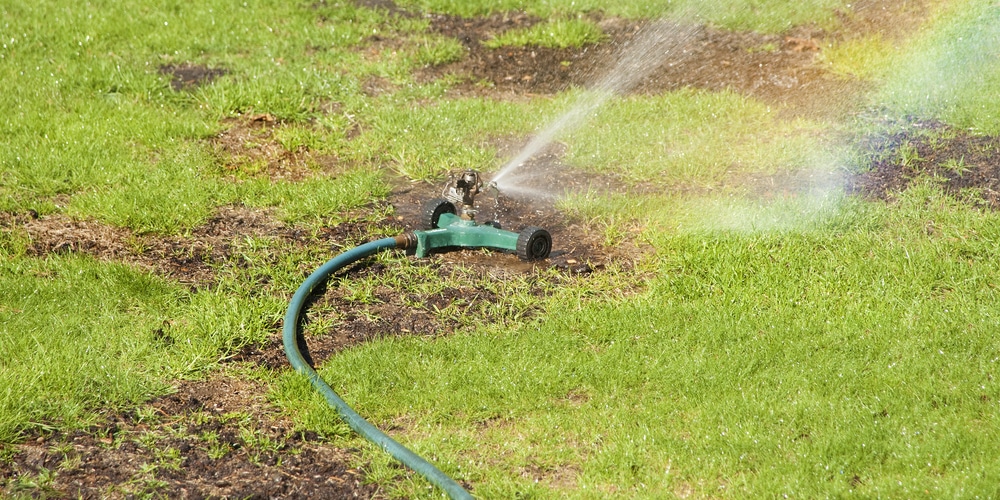
Water is life, especially for newly planted grass seeds. If you plant in the fall or spring, you can often rely on more frequent rainfall, but it never hurts to have a watering plan. Aim to keep the top inch of soil consistently moist (not soaked) during the germination period.
For cool-season grasses, this could mean watering lightly once or twice a day for the first couple of weeks. As the seedlings grow, you can scale back the frequency and water more deeply. Deep, infrequent watering encourages roots to grow downward, leading to a healthier, more drought-resistant lawn.
For warm-season grasses in late spring or early summer, you’ll likely need to water more frequently because the weather tends to be hotter and possibly drier. Keep a close eye on the soil, and adjust your watering schedule as needed.
Fertilizing and Ongoing Care
Don’t forget to feed your grass. A balanced, slow-release fertilizer applied at seeding time can give new grass a nice head start. Be mindful, though, of the timing—particularly if you’re planting in spring.
Applying too much fertilizer when temperatures start to climb can stress your grass or encourage weeds.
Once your grass starts growing, regular mowing will help it fill out. But don’t mow too short—keep cool-season grasses at around 2.5 to 3.5 inches, and warm-season grasses around 1 to 2 inches (depending on the specific variety). Mowing height matters because taller grass can shade out weeds, conserve moisture, and encourage deeper root growth.
Overseeding Established Lawns
What if you already have a lawn but it’s looking thin or patchy? Overseeding is an excellent way to rejuvenate it without starting from scratch. The process is similar to seeding a new lawn: you prep the area by mowing low, aerate if necessary, and then spread the new seeds. Overseeding is commonly done in early fall for cool-season lawns, taking advantage of the milder conditions.
After overseeding, treat your lawn like you would a newly seeded area: water it regularly, keep foot traffic to a minimum, and apply a mild fertilizer if needed. Over time, the new grass will fill in the bare spots, giving you a thicker, healthier turf.
Common Mistakes to Avoid
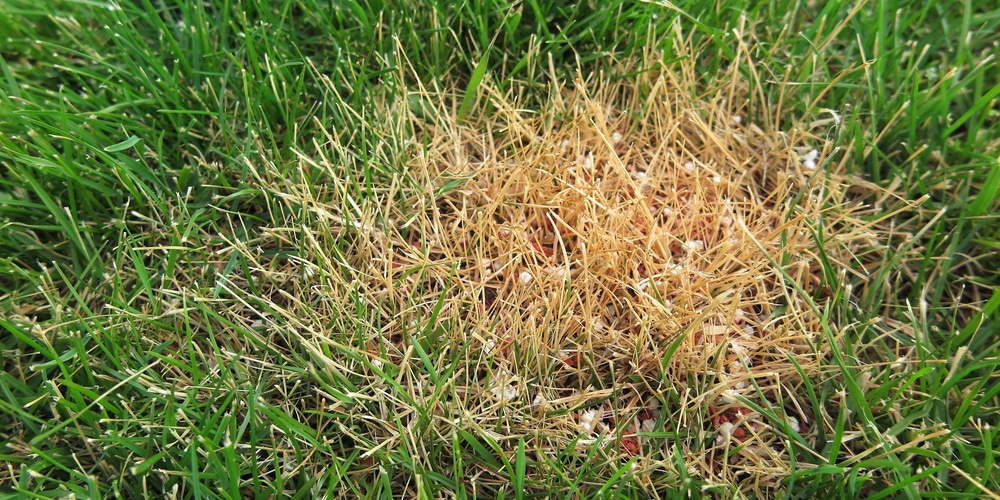
- Planting at the Wrong Time
Your choice of seed—cool-season or warm-season—dictates the best planting window. Don’t rush to seed warm-season grass in early spring or plant cool-season varieties in the heat of summer. - Skipping Soil Preparation
Even the best seeds can fail if the soil is compacted, has poor drainage, or is nutrient-deficient. Investing time in proper prep work always pays off. - Overwatering or Underwatering
New grass seeds are delicate. They need consistent moisture but not soggy conditions. Too much water can wash seeds away or encourage fungus, while too little will lead to poor germination. - Using Too Much Fertilizer Too Soon
While fertilizer can be helpful, using high-nitrogen blends right when seeds are germinating can burn your new grass or feed weeds instead. Opt for a balanced, slow-release formula and follow the instructions carefully. - Mowing Too Early or Too Short
Give new grass plenty of time to establish itself. Mowing when seedlings are too young or cutting the grass too low can stress the plants and slow their development.
Timing Is Everything
The major takeaway is that timing is crucial when it comes to planting grass seed in Missouri. Knowing whether you have cool-season or warm-season grass will guide you toward the best window—be it early fall or late spring. By aligning your planting schedule with Mother Nature, you’ll set your lawn up for success right from the start.
But don’t forget the supporting acts: soil prep, proper watering, and ongoing care. A well-planned approach to lawn care can make all the difference. Think of it like baking a cake—you need the right ingredients, the correct oven temperature, and proper timing to get a delicious result. Your lawn works the same way.
A Note on Regional Variations
Missouri’s weather can vary from the northern to the southern parts of the state. If you live in the northern part of Missouri, the fall might arrive earlier, and winter temperatures might get colder sooner. If you’re in southern Missouri, you might have a slightly longer planting window in the fall. Always keep local climate conditions in mind and adjust your planting dates accordingly.
Final Thoughts
Creating that perfect, envy-worthy Missouri lawn is absolutely doable. It all starts with understanding your grass type and picking the right time to plant. Early fall is often ideal for cool-season grasses, while late spring to early summer is best for warm-season varieties. With well-prepared soil, steady moisture, and just a bit of patience, you’ll soon see tiny blades of green pushing through the dirt.
Remember to continue caring for your fledgling lawn with proper watering, fertilizing, and mowing practices. Take the time to learn about the specific grass variety you’re planting so you can tailor your approach to its needs. Every lawn is a little different, but the principles remain the same: work with nature’s schedule, don’t skimp on preparation, and give those seeds some TLC once they start to grow.
Once you get the hang of it, you’ll be the one neighbors look to for advice. Imagine a summer barbecue where everyone compliments your soft, green turf and asks how you did it. You can smile and say, “It’s all about timing and a little elbow grease.” Then, of course, you can pass along all the tips you’ve picked up here.
So go ahead. Grab those grass seeds. Mark your calendar for the right planting window. And start prepping your soil. A lush Missouri lawn is within reach, and there’s no better time to begin than now. Happy planting!
Last update on 2025-04-18 / Affiliate links / Images from Amazon Product Advertising API




